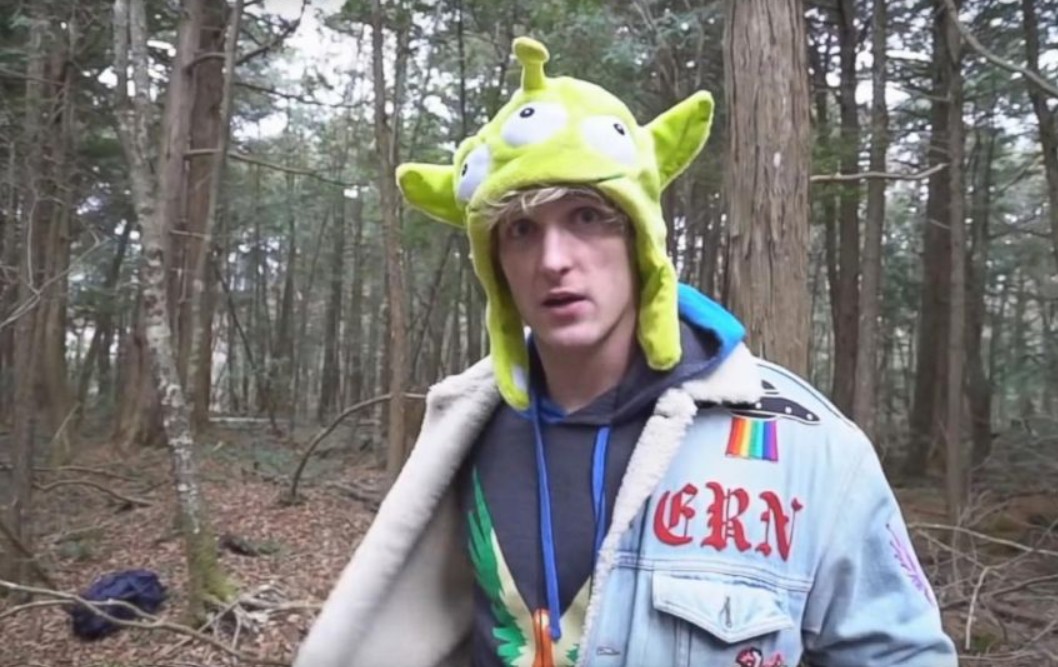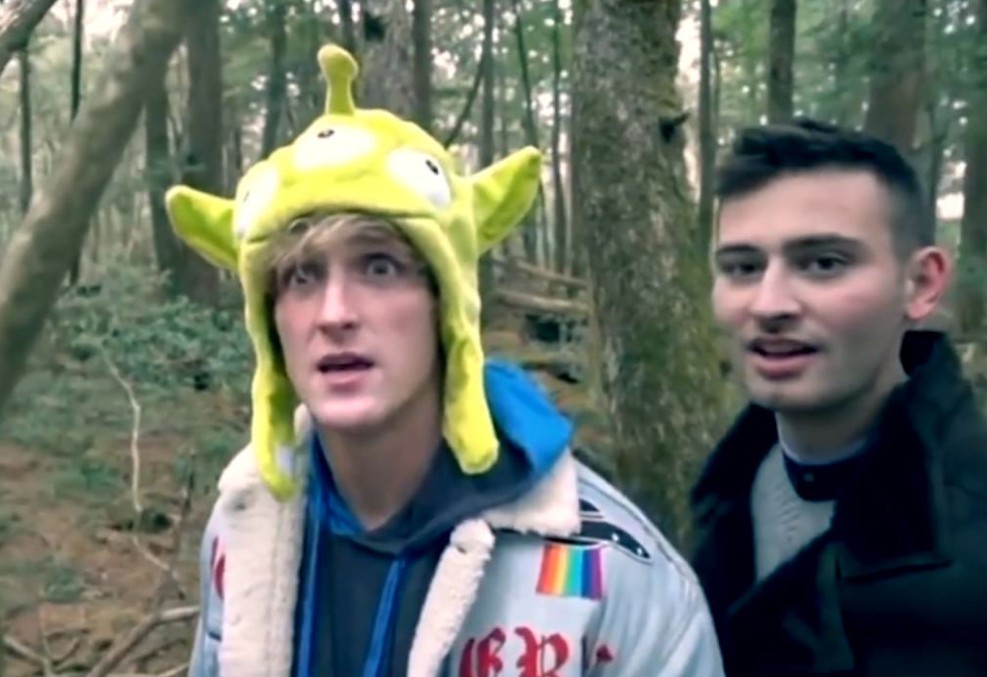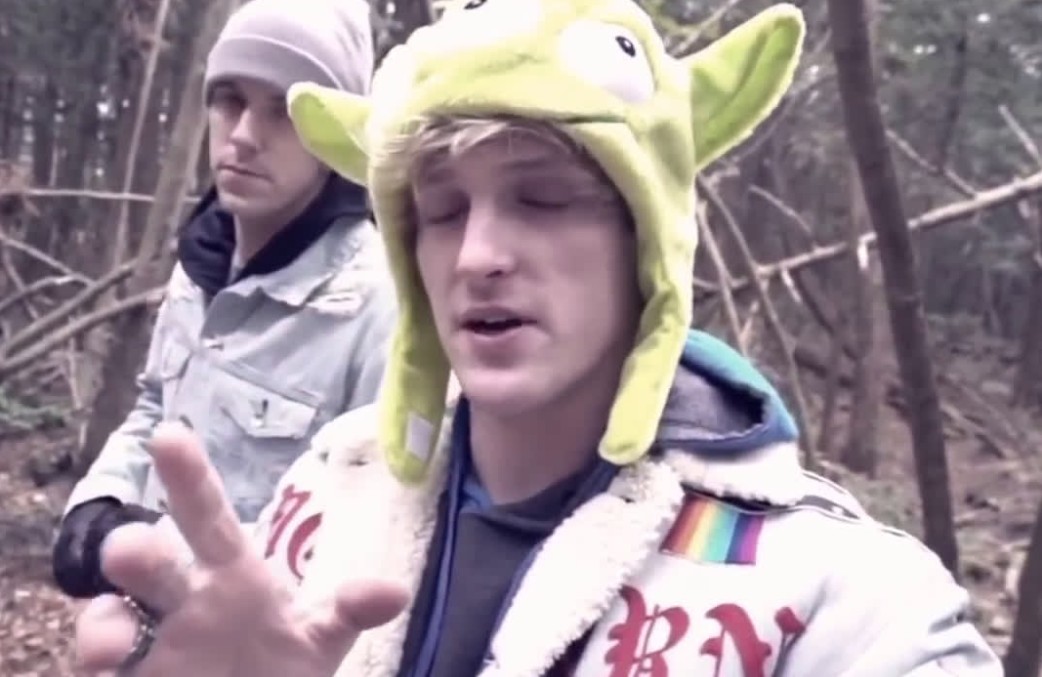
In late December 2017, popular American vlogger Logan Paul ignited a firestorm of controversy after uploading a video that showed the body of an apparent suicide victim in Japan’s Aokigahara forest. The video triggered immediate backlash from viewers, mental health advocates, and fellow content creators. YouTube also responded with punitive measures, severing some business ties with Paul and sparking a broader conversation about ethics, responsibility, and content moderation on digital platforms.

This incident not only damaged Paul’s public image but also raised serious questions about the responsibilities of social media influencers and the platforms that empower them. As the fallout unfolded, it exposed both the perils of influencer culture and the shortcomings in YouTube’s moderation system.
The Rise of Logan Paul
Before the controversy, Logan Paul had solidified his position as one of YouTube’s biggest stars. Known for his energetic and often outrageous content, Paul had amassed over 15 million subscribers on the platform by the end of 2017. His videos, which often featured pranks, stunts, and daily vlogs, resonated particularly well with younger audiences, especially those in the 18–34 age range.
His influence wasn’t limited to YouTube. Paul had a strong presence across social media platforms and had ventured into acting, merchandise sales, and branded sponsorships. According to Forbes, he earned an estimated $12.5 million in 2016, making him the fourth highest-paid YouTube creator that year.
This immense popularity and financial success were key reasons he was included in YouTube’s “Google Preferred” program a premium advertising tier reserved for the top 5% of content creators, where brands pay extra to place ads alongside “brand-safe” content. But this privileged status would soon be called into question.
The Controversial Japan Video
On December 31, 2017, Paul uploaded a vlog documenting his trip to Japan. In it, he visited Aokigahara forest at the base of Mount Fuji a place infamously associated with suicides and often referred to as the “Suicide Forest.” The video’s tone was initially lighthearted, framed as an exploration of a “haunted” location. However, events took a shocking turn when Paul and his crew encountered the body of a man who had apparently taken his own life.
Rather than immediately stopping the recording or alerting authorities, Paul continued filming. The group appeared visibly shocked but also made jokes during the encounter. The footage blurred the victim’s face but clearly showed the body. Viewers quickly condemned the video as insensitive, exploitative, and disrespectful, especially considering Japan’s cultural attitudes toward suicide and mental health.
Despite widespread outrage, the video gained millions of views before Paul eventually removed it.
Cultural and Ethical Violations
The video struck a nerve not only due to its graphic nature but also because of its disregard for cultural sensitivity and human decency. Suicide remains a critical public health issue in Japan, which has one of the highest suicide rates among developed nations. Aokigahara forest, due to its association with self-harm, is regarded with solemnity and discretion by the Japanese public.

Authorities in Japan have taken steps to discourage suicide in the area, including placing signs encouraging individuals to seek help and support. By choosing to film in this location, and especially by showing a deceased person, Paul not only disrespected these efforts but also appeared to trivialize the gravity of suicide itself.
Globally, mental health advocates condemned the video for its potential to harm viewers who may be vulnerable or grieving. Many argued that Paul used a human tragedy as clickbait for entertainment purposes a gross violation of ethical standards.
Logan Paul’s Apology and Public Backlash
After receiving massive criticism, Paul issued a written apology via Twitter, stating that he had been “misguided by shock and awe.” He followed up with a video apology in which he expressed regret for his actions, saying, “I should have never posted the video. I should have put the cameras down and stopped recording what we were going through.”
In the video, Paul admitted he was ashamed and disappointed in himself. While some viewers appreciated the apology, others criticized it as a performative move designed to manage public relations rather than express genuine remorse.
Ironically, Paul’s apology video garnered nearly 40 million views, raising concerns that even his missteps could become profitable in the digital attention economy.
YouTube’s Response and Financial Consequences
YouTube, under growing pressure from the public and advertisers, eventually responded by taking several punitive actions against Paul. Most significantly, the platform removed his channels from the Google Preferred advertising program, meaning his videos would no longer receive top-tier ad revenue. In addition, YouTube announced that it was putting original projects involving Paul on hold, including a sequel to his web series Foursome.
These moves signaled that YouTube was taking the controversy seriously, though some argued they did not go far enough. Importantly, Paul was not banned from the platform, and his videos could still be monetized through regular advertising streams. As a result, while the financial impact was substantial, it was not a complete cutoff.
This decision reflected the platform’s dilemma: balancing creator accountability with business interests. Paul remained a major draw for audiences, and YouTube likely hesitated to sever ties entirely due to his profitability.
Public Trust and Platform Responsibility
Despite these actions, many users remained dissatisfied with YouTube’s handling of the situation. Critics pointed out that it took the platform nearly 10 days to respond publicly to the controversy. Even more troubling to some was the fact that YouTube did not initially remove the video Paul himself took it down.

This sluggish response led to accusations that YouTube was protecting one of its top earners rather than prioritizing community standards. In a statement, YouTube acknowledged the criticism, saying: “You’re right to be frustrated. You deserve to know what’s going on.”
The situation reignited long-standing debates about YouTube’s ability to moderate its content effectively, particularly when top creators are involved. It also prompted a broader discussion about whether platforms like YouTube should implement stricter ethical guidelines and mental health safeguards.
Impact on Mental Health Discourse
One unintended consequence of the controversy was the increased public dialogue about mental health and suicide prevention. Organizations and individuals used the incident as an opportunity to raise awareness about the importance of empathy, respectful communication, and seeking help in times of crisis.
Mental health professionals emphasized the need for responsible media coverage of suicide and highlighted the risks of glamorizing or sensationalizing such topics. While Logan Paul’s actions were widely condemned, they also served as a cautionary tale for influencers who wield immense power over impressionable audiences.
The Logan Paul Aokigahara forest controversy marked a turning point in the conversation about digital responsibility, influencer culture, and platform accountability. Paul’s decision to film and publish footage of a suicide victim demonstrated a profound lapse in judgment, while YouTube’s delayed response highlighted the limitations of its content moderation framework.
Although Paul faced some financial consequences and public backlash, the incident revealed how profit-driven platforms often struggle to balance ethical considerations with business imperatives. It also underscored the importance of mental health awareness and respectful storytelling in an era where virality can come at the cost of human dignity.
Ultimately, this controversy serves as a reminder: with great influence comes great responsibility something every content creator and tech platform must take seriously in today’s interconnected world.
News –
Leave a Reply